MCLAREN CIRCUS ROW
Roll up, move up: Live circus entertainment is evolving – without animal captivity
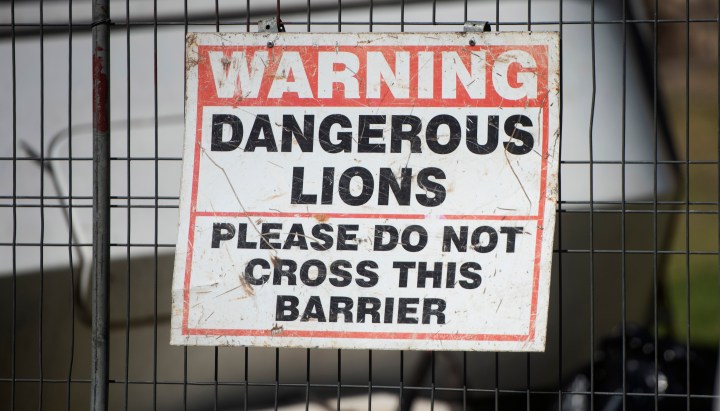
The owner of South Africa’s only circus says it would be too risky and too costly to operate without animal acts. But animal rights activists say technologies such as 3D holograms and virtual reality would allow audiences to experience circuses without the harm and suffering.
Circuses are controversial, particularly in relation to animal rights. In recent years, many traditional circuses have been confronted by fierce opposition from the animal rights movement, which condemns the use of animals in live acts, forcing circuses to redefine their image or face closure.
Today, only the McLaren Circus tours throughout South Africa, with its array of wild animals. In it, clowns joke, trapeze artists fly, horses gallop, tightrope walkers wobble — and lions and tigers perform.
The McLaren Circus was founded by brothers David and Duncan McLaren in March 2005, and it soon became a household name.
The circus has been touring South Africa for nearly 17 years.
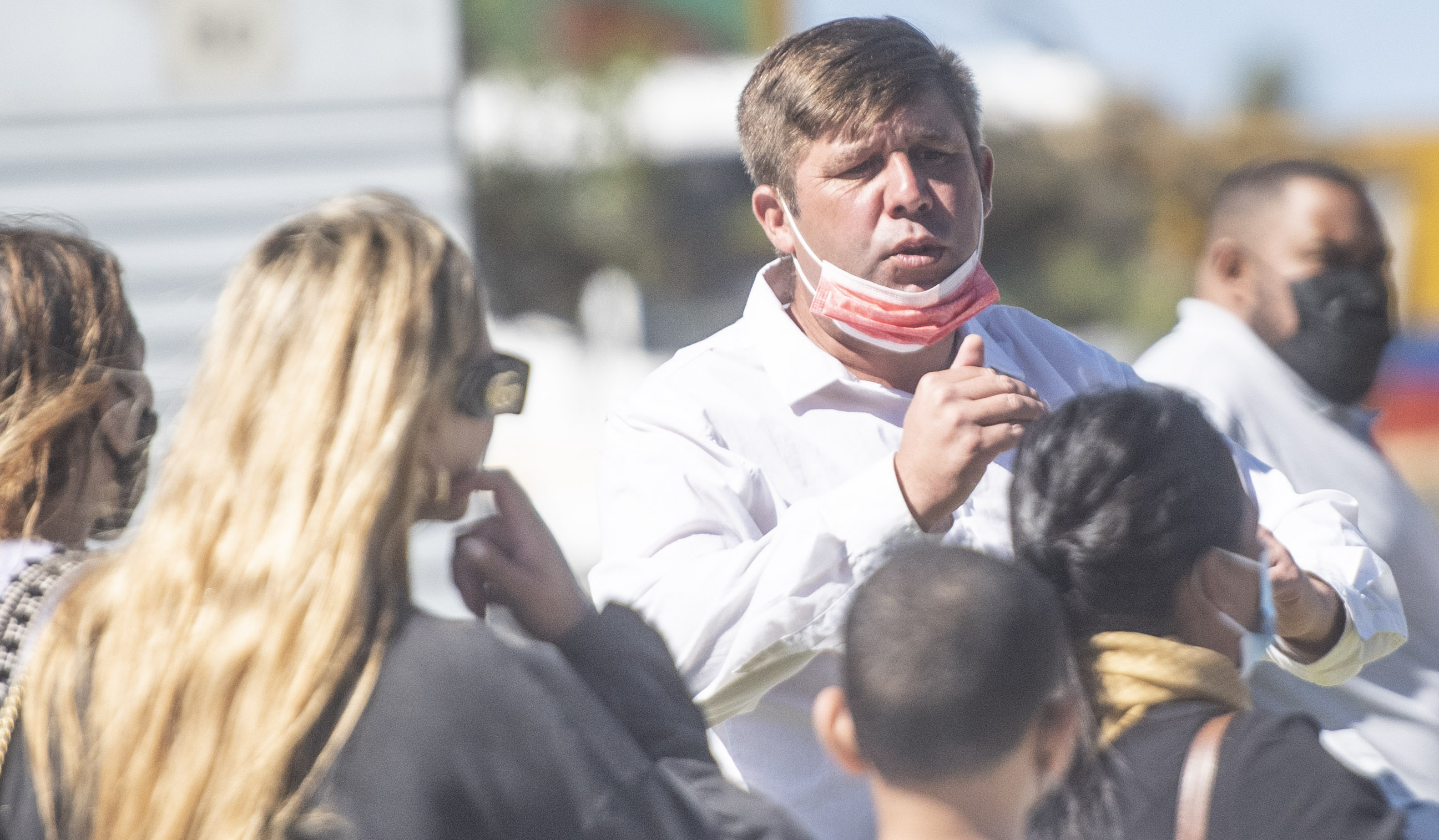
David McLaren owner of the Mclaren Circus speaks to people queuing for tickets. (Photo: Brenton Geach)
“We started with a little hired tent at the Blue Route Mall in Tokai, Cape Town. For the first year of operation, we had no animals,” said David McLaren, who DM168 met on his day off at the circus’s temporary performance venue in Milnerton in Cape Town.
It was a balmy April afternoon when we arrived and we spoke to McLaren under the shade of his caravan awning and in the company of his three poodles.
In the circus’s early years, David was the ringmaster and his older brother, Duncan, performed clowning sketches. Today, the McLaren Circus showcases clowns, jugglers, trapezists and acrobats. It has acts that include Bengal tigers, lions, camels, miniature horses, snakes and poodles.
“We’ve built a reputation… South Africans know we’ve got animals, but they also know we’ve got other things too. You’ve got a variety of things that gel; that make a show,” said McLaren.
In recent years, the McLaren Circus has faced resistance from animal rights groups such as Beauty Without Cruelty and Ban Animal Trading, which argue against the inclusion of animals in circuses.
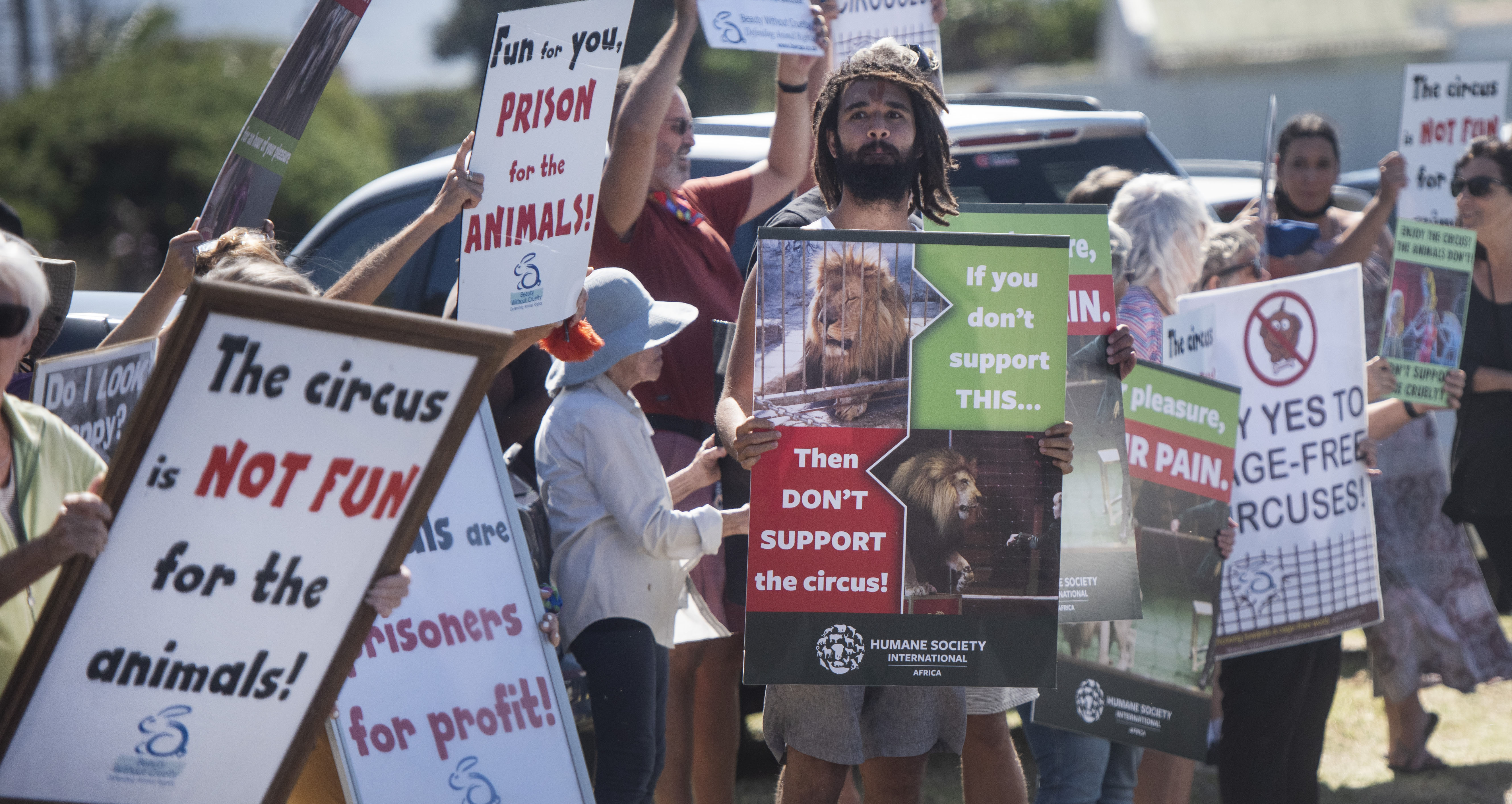
More than 100 protesters held placards outside the McLaren Circus in Muizenberg, as people queued for tickets, calling on the circus owners to follow global trends and stop animal abuse and exploitation. (Photo: Brenton Geach)
When performing shows in Muizenberg earlier this month, the McLaren Circus was forced to shut down temporarily after an SPCA inspection that found at least six contraventions of the Animals Protection Act.
More than 45 countries have banned or restricted the use of animals in circuses, Amy Wilson, the executive director of Animal Law Reform South Africa, told DM168.
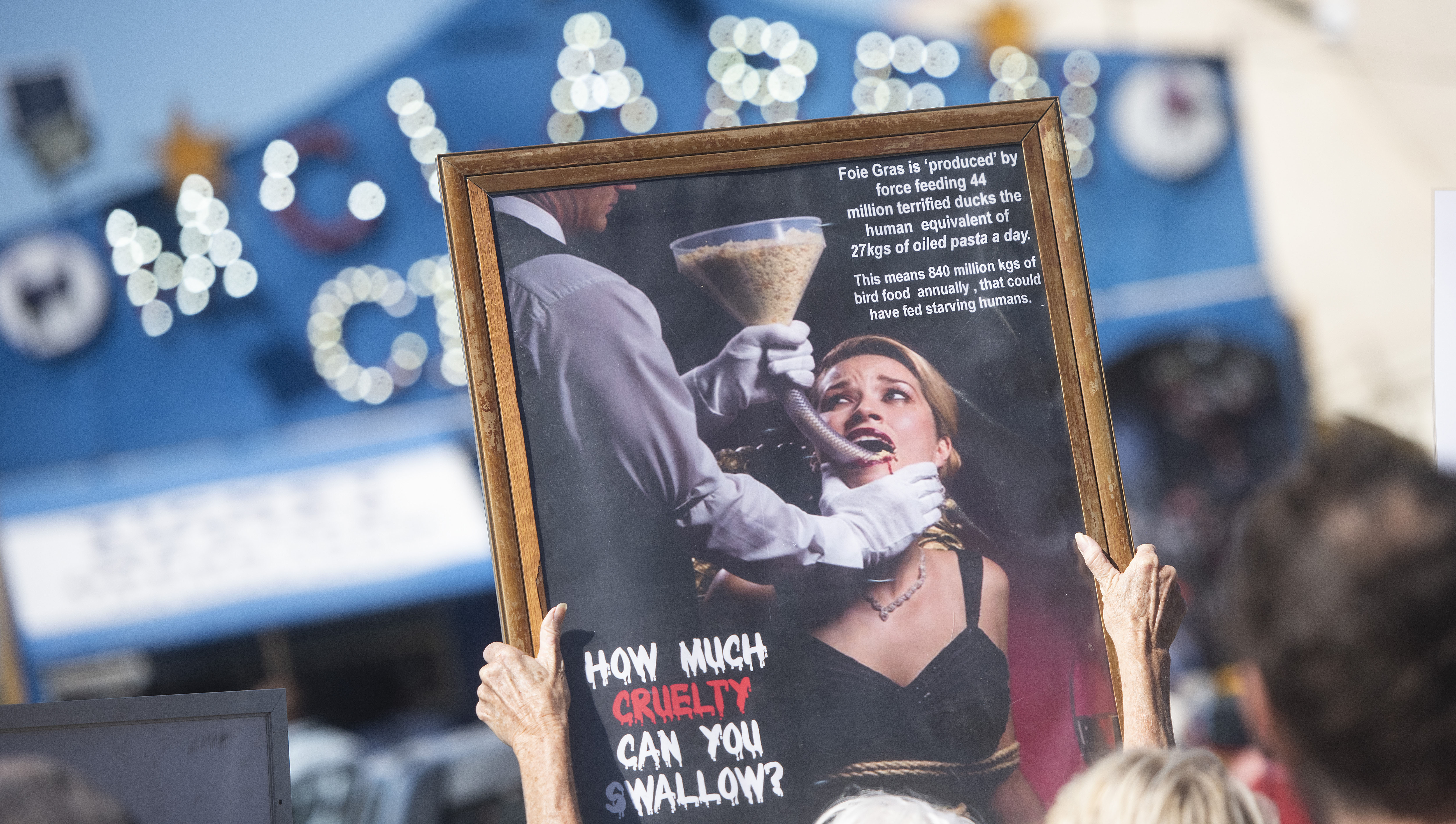
Animal rights protesters waved placards outside the Mclaren Circus in Muizenberg. (Photo: Brenton Geach)
“In addition to [bans and limits] happening at a country level, there are also many jurisdictions who’ve either done it at a city level, or a local level — especially in the US…
“[T]here isn’t necessarily a federal ban, so some bans are being implemented at a state level,” she said.
But in South Africa, it is not illegal to keep circus animals, and therefore McLaren Circus is well within its rights to showcase animals.
The legal frameworks that govern the protection of animals in circuses are the Performing Animals Protection Act of 1935, and the Animals Protection Act of 1962, explained Wilson.
“If you look at when these laws were enacted, it’s clear that they’re very old and outdated,” she said.
The Performing Animals Protection Act is essentially a “licensing act”, in terms of which circus owners need only to apply for a licence for each animal they keep, Wilson added.
The main Act that regulates animals in South Africa is the Animals Protection Act of 1962. “And that essentially applies to animals in circuses. It applies to all animals, especially those in captivity, and it contains criminal offences for certain things,” she said.
The Animals Protection Act is largely enforced by the National Council of Societies for the Prevention of Cruelty to Animals (NSPCA).
McLaren, however, maintained that he was doing nothing wrong. His foremost concern, he told DM168, is the animals’ wellbeing.
“[Animal rights activists] like to say we’re forcing the animals to perform, and I don’t believe we force them. They become accustomed to the life quite easily when you raise them in this environment,” said McLaren. He said all of the circus’s animals had been born in captivity, including its lions, Princess and King. “I don’t think that our lions actually know that they’re lions because they were raised in this environment.”
Although McLaren agreed with some of the SPCA’s recommendations after its inspection on 28 March, he claimed that a smear campaign against the circus instigated by animal welfare organisations had blown the situation “out of proportion”. “There’s definitely reputational damage,” he said.
McLaren’s ticket sales, however, continued to soar. Even after the recent protests in Muizenberg — where animal rights activists heckled McLaren outside the circus under banners that read “The circus is not fun for animals” and “You get to go home afterwards, the animals get a cage” — all seven of the shows on 1, 2 and 3 April were sold out.
“We did two shows on Friday, three on Saturday and two on Sunday. We had to add more shows because we were in demand,” he said.
McLaren maintains that, although the inclusion of wild animals in his circus seems to generate “bad press” and a trail of animal rights activists (particularly in Cape Town), the animals are the circus’s biggest drawcard.
“There’s a reason why I’m the only circus left in the country. I’ve obviously tried to give South Africans a good product, but it’s because I’ve got the animals,” he said.
Almost on cue, McLaren’s conversation with us was interrupted by someone enquiring about upcoming shows.
“Hello, what are the show days?” he hollered from the opposite side of the fence. He appeared to be interested in the cats.
DM168 asked McLaren whether, in light of the years spent battling animal rights organisations and accusations of animal abuse, he had ever considered taking the animals out of his circus.
He replied that the risk of failure would be too great: “Why must I take the risk? Because if this fails, and I don’t have a circus, who’s going to bail me out? If we try the experiment and it’s a big flop, what then?
“If I’m not abusing animals then what’s the issue? And if legislation allows it, why stop?”
McLaren added that the process of removing his animals from the circus would also be costly, and would require extensive planning.
Although many traditional circuses have closed their doors in recent years, including the Boswell-Wilkie Circus which closed in 2001 because of financial issues and a decline in public support, some circuses, which were once rooted in 19th-century traditions, have taken the risk and thrived.
Those within the industry that have adapted to the changing public zeitgeist and have done away with their once main feature — wild animal acts — have managed to survive and continue performances in the present day.
In December 2016, the Great Moscow Circus announced during its tour of South Africa that it was “committed to a kinder world” and would no longer have any animal acts.
Although wild animals no longer perform in the circus, the Great Moscow Circus still has an act showcasing its miniature ponies.
The German Circus Roncalli made the decision to transform its show to support the fight against animal cruelty in the industry in 2019.
The circus became the first in the world to use holograms instead of real animals in its acts, according to a BBC report.
Circus Roncalli made use of 11 projectors and a crew of 15 designers and software engineers to create 3D holograms of horses, elephants and fish, instead of using live animals in their shows.
Wilson told DM168 that, with the advent of new technologies such as virtual reality and projected images of 3D animals, entirely new forms featuring animal entertainment have the potential to take centre stage.
“I think once we start seeing more of those technologies, and people can experience circuses without the [live] animals and the harm and the suffering, and still be entertained, it will be the greatest success for people who have fought so hard against animals in the circus,” said Wilson.
On 21 May 2017, Ringling Brothers and Barnum & Bailey, once billed as “the greatest show on Earth”, shut its doors after a 146-year run.
Beginning in 1871 as PT Barnum’s Grand Travelling Museum, Menagerie, Caravan & Hippodrome, the company managed to survive two World Wars, America’s Great Depression and the Digital Revolution, but failed against opposition from the animal rights movement. According to some American media, the show is rumoured to return in 2023 — without animals.
Alternatives
It’s clear that circuses can be successful without wild animals. Perhaps one of the greatest examples of a “contemporary” circus is international company Cirque du Soleil, which was founded in 1984, in Quebec, Canada. With all-human casts of dancers, acrobats, aerialists and clowns coupled with music, intricate costumes, lighting and sets designed to a specific theme, Cirque du Soleil rose to prominence not by competing with the traditional circus, but by reinventing it.
The company that began as a mere “gang of street performers” has boomed: more than 180 million spectators have seen a Cirque du Soleil show since 1984, in more than 400 cities, spanning more than 60 countries.
In South Africa, as well as internationally, the “social circus” — that is, one that aims not only to entertain but also to foster personal development and achieve positive change by teaching valuable skills — has taken off.
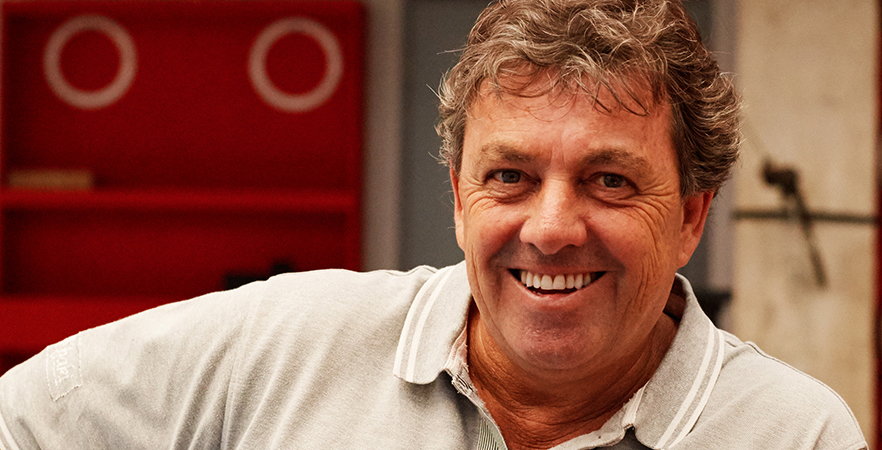
Brent van Rensburg. Photo: Ozan Emre Yerlikaya)
The leader of this movement in South Africa is Zip Zap Circus School, founded in 1992 by former trapeze artist Brent van Rensburg.
From its outset, the idea of the performance-based circus school was to “instil positive change” in South Africa.
“That was really the idea; that we can use circus to bring children from different backgrounds, cultures and races together to perform on stage,” said Van Rensburg.
In its early years, Zip Zap operated on a shoestring budget, with Van Rensburg and his co-founder wife, Laurance, making costumes, training, producing and performing with the children. Since then, Zip Zap has grown and now comprises 25 employees, 10 programmes and 1,800 children, who are mostly from the Cape Town area.
Zip Zap is a public benefit organisation and receives funding from various donors, and also receives about 45% of its revenue from ticket sales at its shows.
“It grew organically, but it was not planned,” said Van Rensburg. DM168
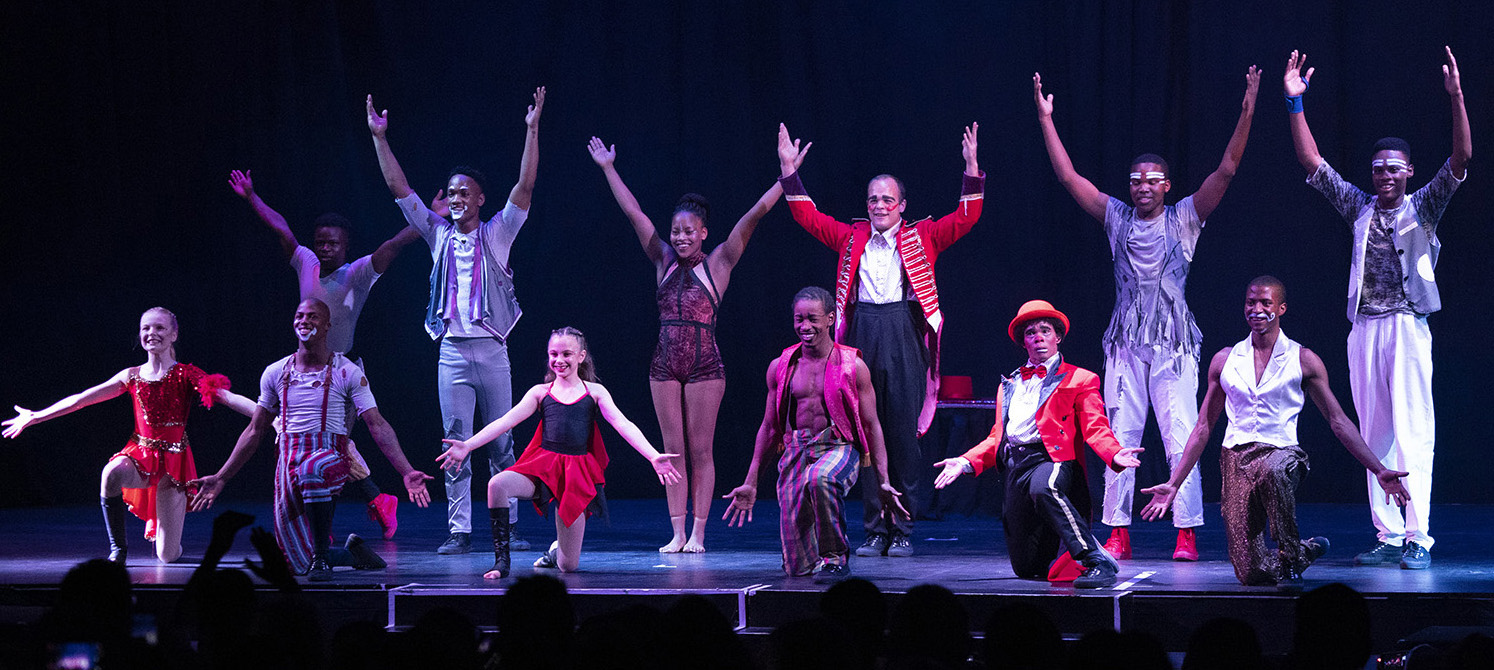
Zip Zap Performers at Greatest Little Circus Show, Zip Zap Dome, August 2019. (Photo: Joan Ward)
This story first appeared in our weekly Daily Maverick 168 newspaper which is available for R25 at Pick n Pay, Exclusive Books and airport bookstores. For your nearest stockist, please click here.
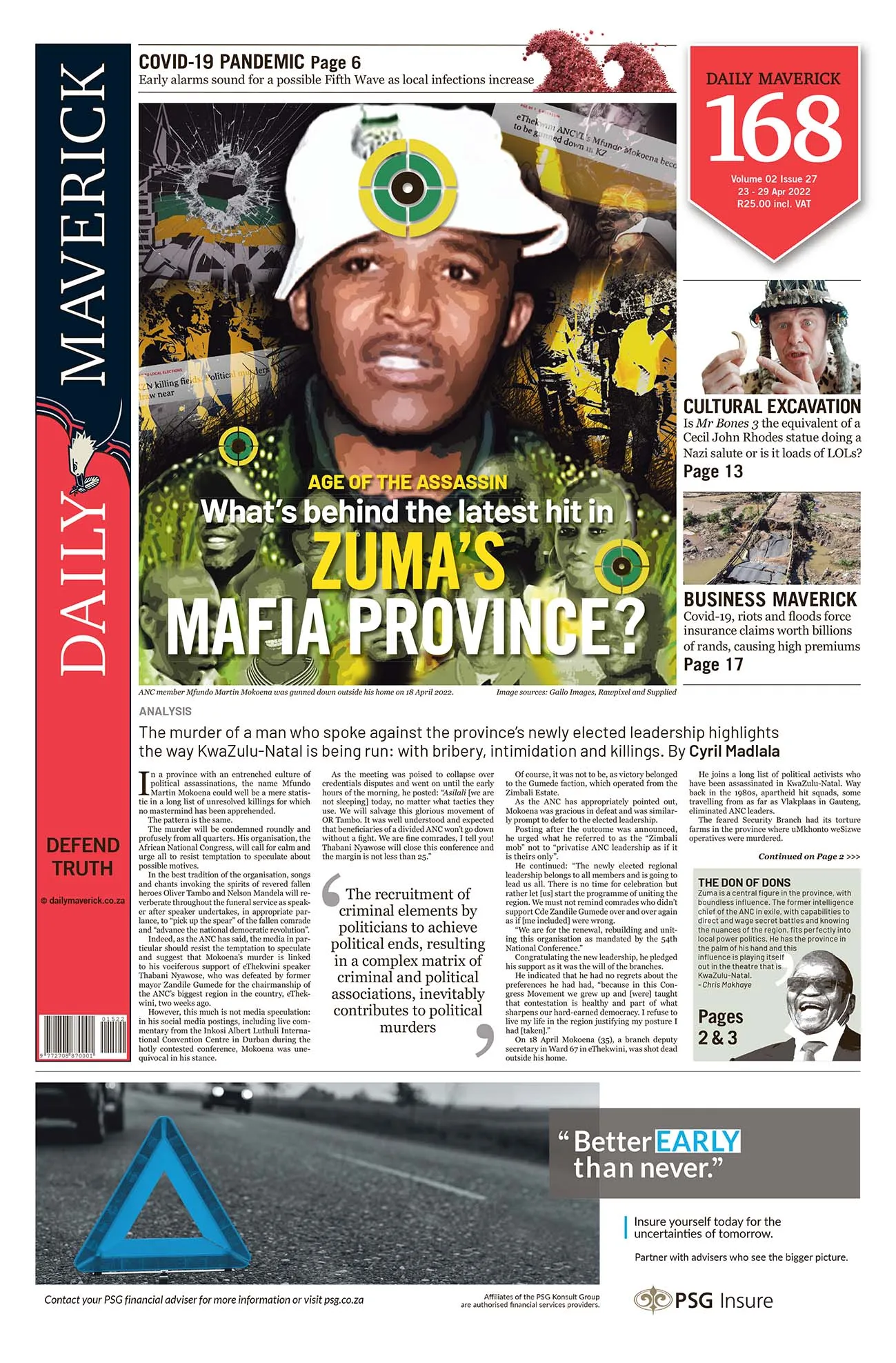
[hearken id=”daily-maverick/9366″]

















 Become an Insider
Become an Insider
I think people are too enthusiastic about technologies they don’t understand. Creating 3D models, including animation, and ‘holographic’ projection is expensive and the results are mixed. There is a reason why these concepts don’t manage to compete against live acts, even when they resurrect the likes of Tupac and Michael Jackson. It’s not the same. Virtual and augmented reality is also expensive and, again, numerous VR concerts failed to come close to live acts. And AR technology is still far too limited and expensive to make much sense at a circus venue.
Ideas such as only using performers could work, but we musn’t overlook that Cirque du Soleil survives because it has the patronage of a city such as Las Vegas and all its visitors. The performer-only circus model doesn’t appear to be very resilient and such shows are typically much more expensive to attend.
Excellent well balanced article. Fascinating how we humans both abhor violence yet are fascinated by it. I am a long time supporter of the ZipZap social circus and kudos to them for empowering youth literally and metaphorically, creating purpose-fuelled jobs and promoting healthier lifestyle choices. The coaches and students work jolly hard but practice makes perfect.
I like the factoids like “Beginning in 1871 as PT Barnum’s Grand Travelling Museum, Menagerie, Caravan & Hippodrome, the company managed to survive two World Wars, America’s Great Depression and the Digital Revolution, but failed against opposition from the animal rights movement.”
Animal rights movements are hugely powerful. I am not a supporter of canned lion hunting just as I would NEVER go to ANY circus with live elephants or performing animals…apart from a flea 🎪 I suppose.
So bring on 3D, techno wizardry Harry Potter-like owls or fluffy dragons that can swoop over the audience and cheekily nab their popcorn or throw virtual flame. Leave the delicate larger mammals alone.
Business is about calculated risks. Given the facts in this article, activists will win every time. Our laws are extremely outdated and it is high time South Africans protect our valuable animals and agitate for reform. Don’t kill the goose laying those golden cirucs customer eggs since there ain’t many “geese” left.